Congratulations! You’ve now woken up in a desolate graveyard with just a weird-talking floating robot and a broken suit of armor. The robot guides you through the now-busted-up cosmodrome, and after helping some stranded guardians, you get a quick goodbye and an antique of a ship to start your adventures. We bet you’re now wondering, What now? Well, you’re actually in the right place, as we’ll be going over what you can do as a new player entering the game for the first time.
In this beginners guide we’ll take a look at what class you should choose, what to do when you first get into the game, the different game modes you can play, and how the leveling system works in Destiny 2.
Related: How to make a Loadout in Destiny 2
Choosing a Class in Destiny 2
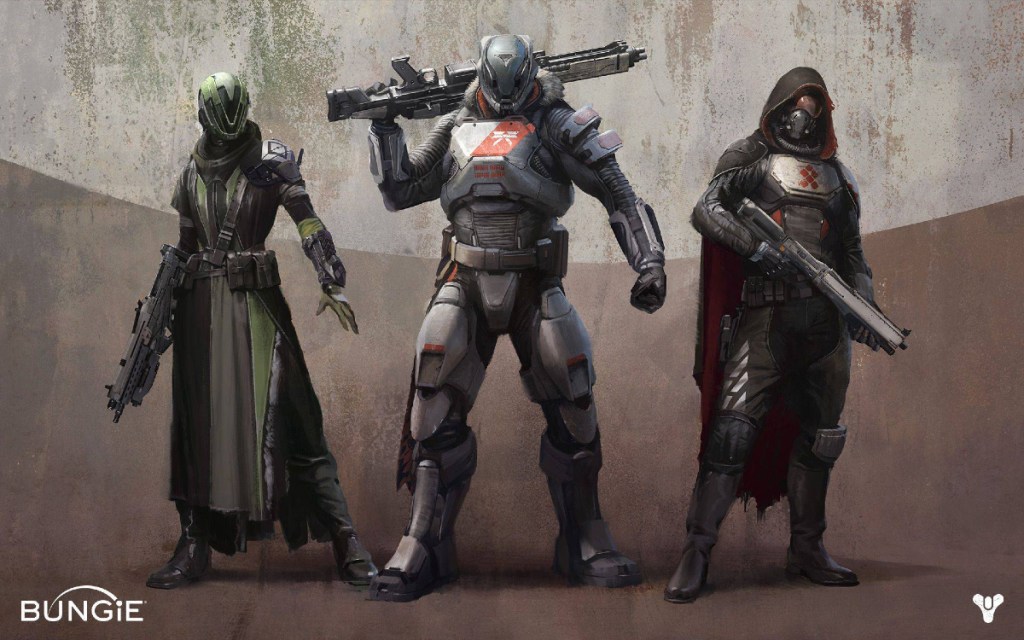
Okay, admittedly, we’ve gotten ahead of ourselves; let’s start over from the beginning. The first task the new players will be faced with after naming their account is selecting a class. In Destiny 2, you get the option of choosing from three different classes, which are the nimble Hunter, the versatile Warlock, and the tanky Titan. Each of these classes is pretty well balanced for the most part, so there’s no wrong choice, but there are some significant differences that exist between them.
Hunter
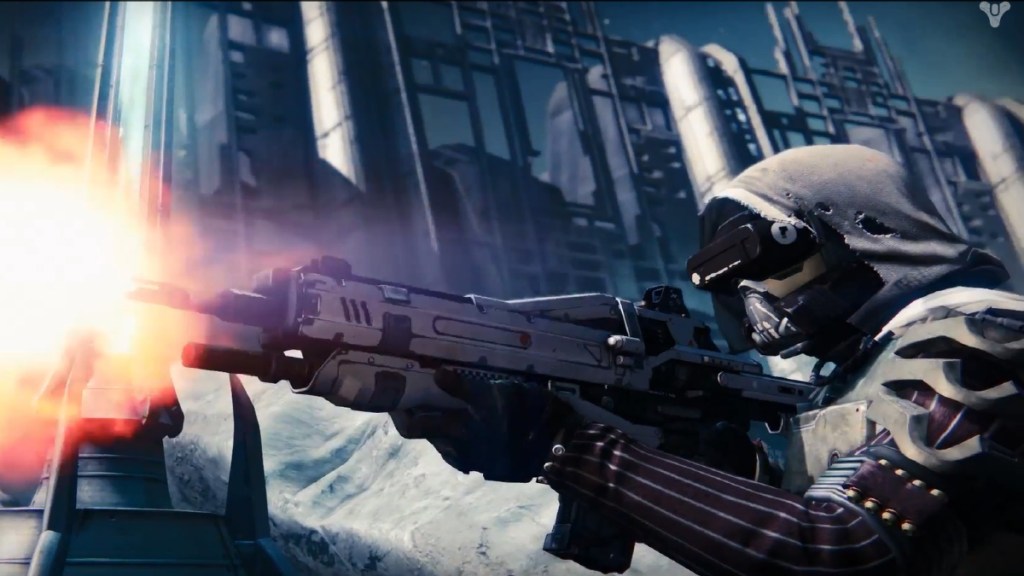
We’ll start off with the super-popular Hunter class. As the name implies, this class is extremely quick and nimble, with the ability to evade incoming attacks and jump midair multiple times to reach higher platforms. They are a bit different from the usual FPS playstyle, as they are very reflex-based, but that is not really an issue if you’re planning on playing casually. As a bonus, they have a special piece of gear called a cloak that allows them to look super awesome.
Hunter Subclasses
As for their subclasses, they have access to three of them if you don’t own any of the expansions. These three are Solar, Arc, and Void, which are the three basics of every class but are channeled differently depending on which of them you’ve chosen. The Hunters tend to focus more on offense compared to the other two, with options such as throwing knives, blades, and long-distance gunplay. They can also do some melee-based stealth with the Void subclass after some grinding.
Titan
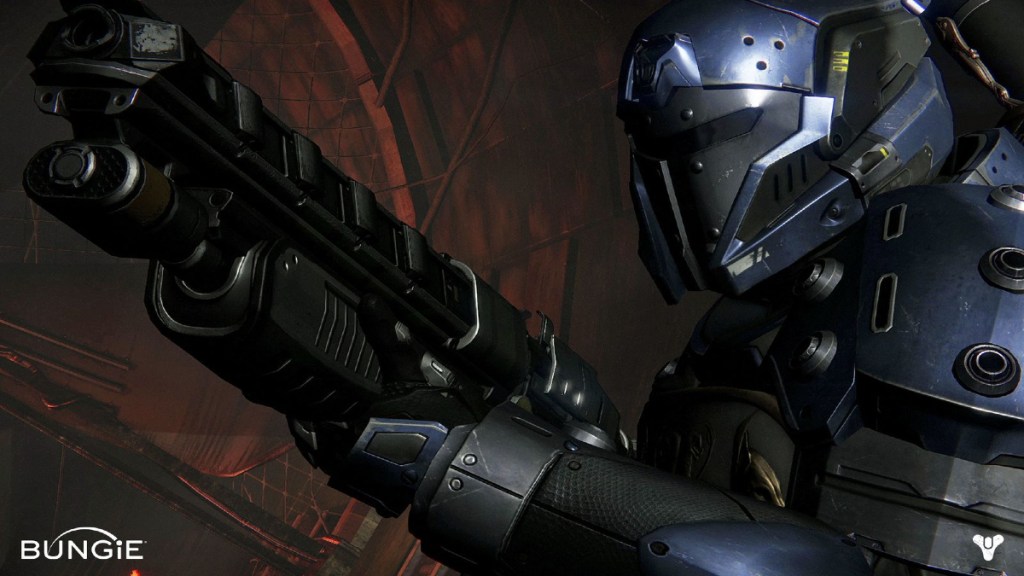
The Titan is the brute of the three choices, but a smart, helpful, and nice brute. It can utilize shields and charge through enemies with no problem, but the mobility, at least in the beginning, is lacking compared to the other classes. It doesn’t have a multi-jump ability like the Hunter, but it can glide through the air as a suitable replacement. They also have a special piece of goat called the mark, which is worn around their waist.
Titan Subclasses
Titan subclasses are very different from the others, as each subclass augments a certain playstyle that players are looking for. For example, the Arc Titan is very offensive, and their shockwave attacks cause enemies to fly around the stage helplessly. To contrast this, the Void Titan generates a shield that can be used both offensively and defensively, blocking attacks and launching towards enemies from great distances. Lastly, the Solar Titan is a mixture of melee and range damage, as they use a hammer to either toss or smash through enemies from close range.
Warlock
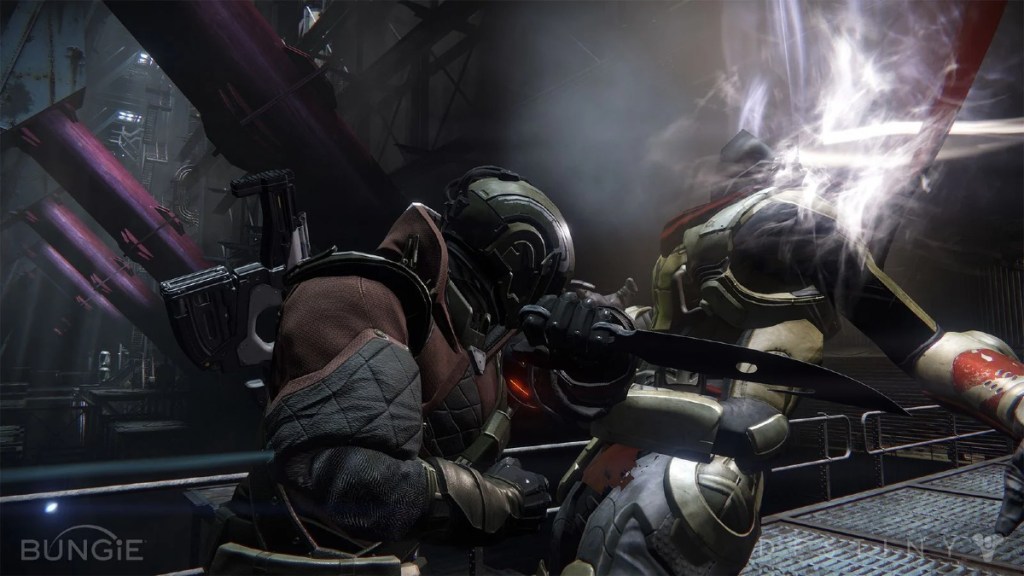
A warlock is a great thing to witness in its most powerful form, thanks to their innate ability to heal both themselves and others’ health and shields, and launch devasting attacks from any range. When it comes to playstyle, they are in the middle of what they can do, meaning their mobility, health, and offensive and defensive repertoire are better than some and worse than others. Similar to the Titan, they have the ability to float and glide through the air, so similarly, they require some good timing and patience to reach certain platforms. Their unique piece of gear is a bond, which they wear over their left bicep.
Warlock Subclasses
The first three Warlock subclasses are pretty much all offensive-based when it comes to the default choices. Unsurprisingly, all three are range-based and can be launched safely from any distance, as long as you have an idea of where your opponent is moving. The Arc subclass is probably the lone exception, as it’s more midrange in nature, as you’re shooting lightning from your fingertips while freely moving around. Like the others, these can be upgraded to do different things later in the game.
What Should I Do After Choosing My Class in Destiny 2?
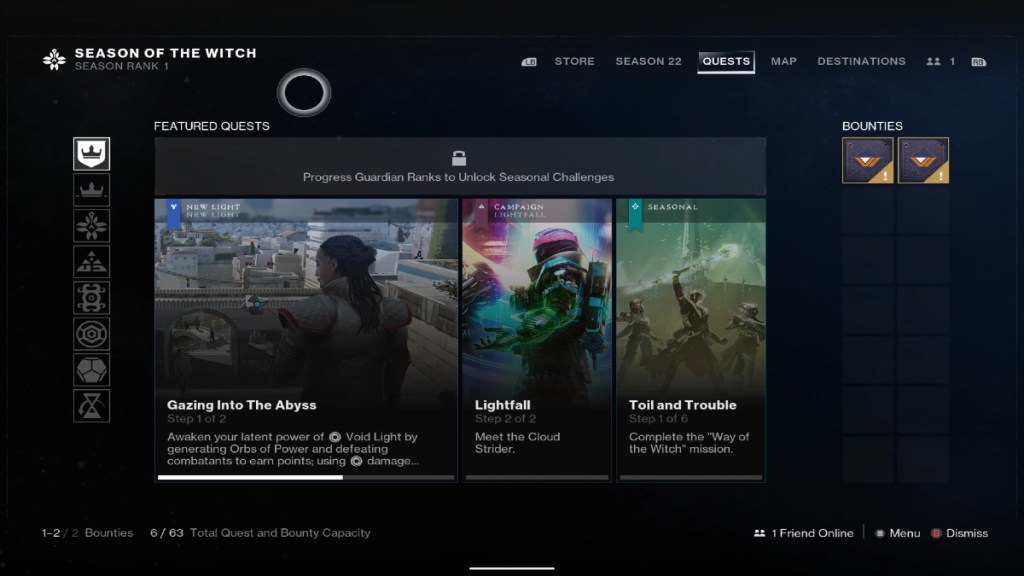
This is where the game gets tricky, as the galaxy opens up as soon as you arrive at the Tower on Earth. Bungie doesn’t help with their incessant need to throw you into current content when you log back into the game. If this happens, feel free to open up your galaxy map and choose the tower again to get to a safer area, then just open your menu and tab over to the “Quests” tab. Afterwards, we suggest that you start with the earliest content available and work your way through the story until you reach the latest content organically.
Also, you can do the story by starting with Shadowkeep, then Beyond Light, and finishing with The Witch Queen. After completing those expansions, you can dive into the latest expansion, which is currently Lightfall. After finishing all of the story, you should have enough gear and experience to start doing the stuff you want, like raids, strikes, crucibles, or gambles. We’ll go over each game mode so that you’ll have an idea of what you’ll enjoy.
What Are the Different Game Modes in Destiny 2?
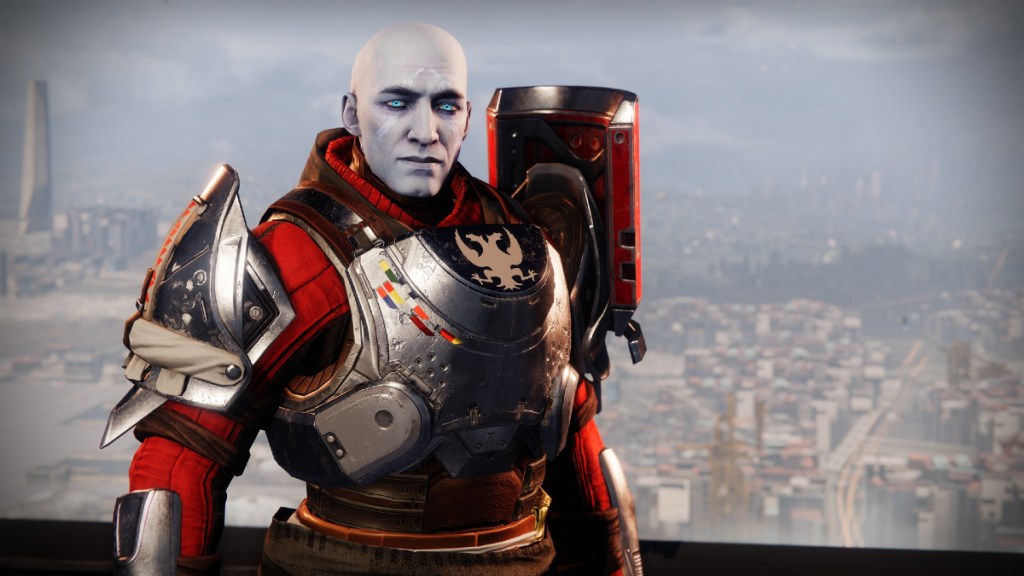
Destiny 2 has a lot of things to do. No, we’re not trying to make up a cool rhyme for our enjoyment. Destiny really likes to overload players with activities, bounties, loot, and stories. As a new player, you’ll want to get your feet wet with bounties and dailies. If you’re on PC, we recommend checking out our Destiny 2: Essential Tools guide, as it’ll detail different add-ons that you can use to keep track of your progress.
Raids
Raids should be familiar to players who’ve played MMOs. It’s a multiplayer activity that requires six players to complete and could be considered the “hardest” content in the game thanks to the integration of strategic boss battles. Like all game modes, it offers great gear and plenty of other rewards. We advise you to join a clan, as it helps with finding competent teammates good enough to complete them.
Strikes
Strikes are the more streamlined version of Raids, as they only require three people and a lot less thinking. Just load up a Strike playlist and let the game match you up with other players, and then off you go into a contextless instanced dungeon-like level. This mode is good for players who are not looking to spend too much time on each play session but still want to play with others. You still get good rewards for participating and completing challenges.
Crucible
The Crucible is the PvP mode of Destiny 2, as it allows players to frag each other to death while jumping and floating around like Marvel superheroes. Everything is on-limits, and moves and abilities that are overpowered in PvE content are just as annoying against other players. This may sound like a bad thing, but in practice, it’s actually quite fun, as you have access to those overpowered abilities as well. It’s also very rewarding gear-wise, so it’s extremely worth it to sink countless hours into this mode.
Gambit
Gambit is the most unique choice out of the three, thanks to its unique spin on the PvPvE concept. If you’re looking to compete with others, but the idea of being griefed by other players is a fear of yours, then this mode may be a good compromise. You and a team of other players are tasked with collecting motes by killing other PvE enemies and depositing enough of them to summon a large boss, which you’ll try to kill before the opposing team. The PvP portion comes into play after you are granted access to a portal that sends either you or them to the opposing team’s side to try to kill them as a way to slow them down and receive more points. It’s a great mode with some rewards that you can complete for days.
How Does Leveling Work in Destiny 2?
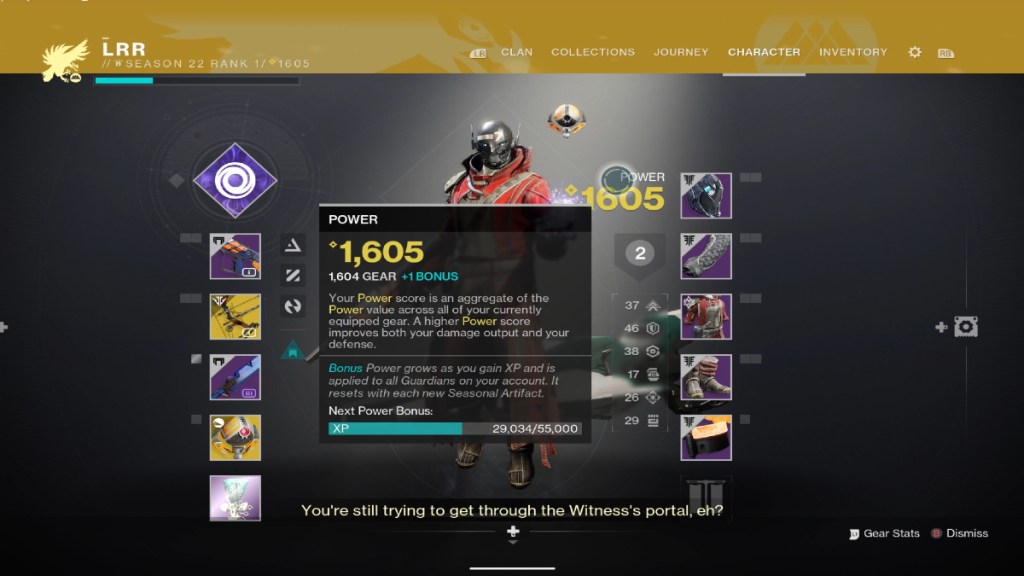
So the last point we want to touch on is the leveling system that the game has evolved into over the years. When the game first launched, it used the traditional leveling system that required players to kill, earn XP, and level from 1 to 20. As expansions were released, the level cap rose, but eventually Bungie did away with traditional leveling sometime after Forsaken. Progression in Destiny 2 is now based on gear, which increases your overall power level.
Related: All Guardian Ranks in Destiny 2
Your power level is crucial to how much damage you can do and take when trying to complete PvE content. You should also pay attention to your builds, mods, and abilities, as they’ll influence your playstyle as well. Also, Bungie added progression options via artifacts that are based on seasons and offer more perks for your builds. If you stick with these basics for a while, the game will naturally open up for you and introduce more ways to become powerful.


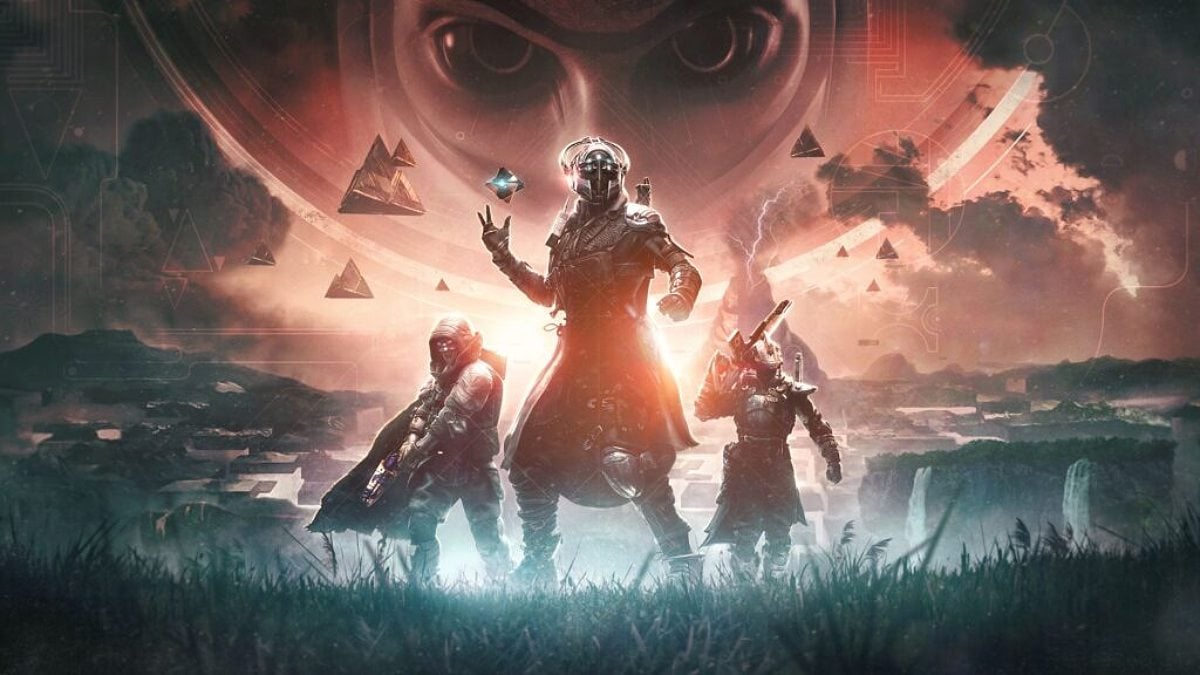
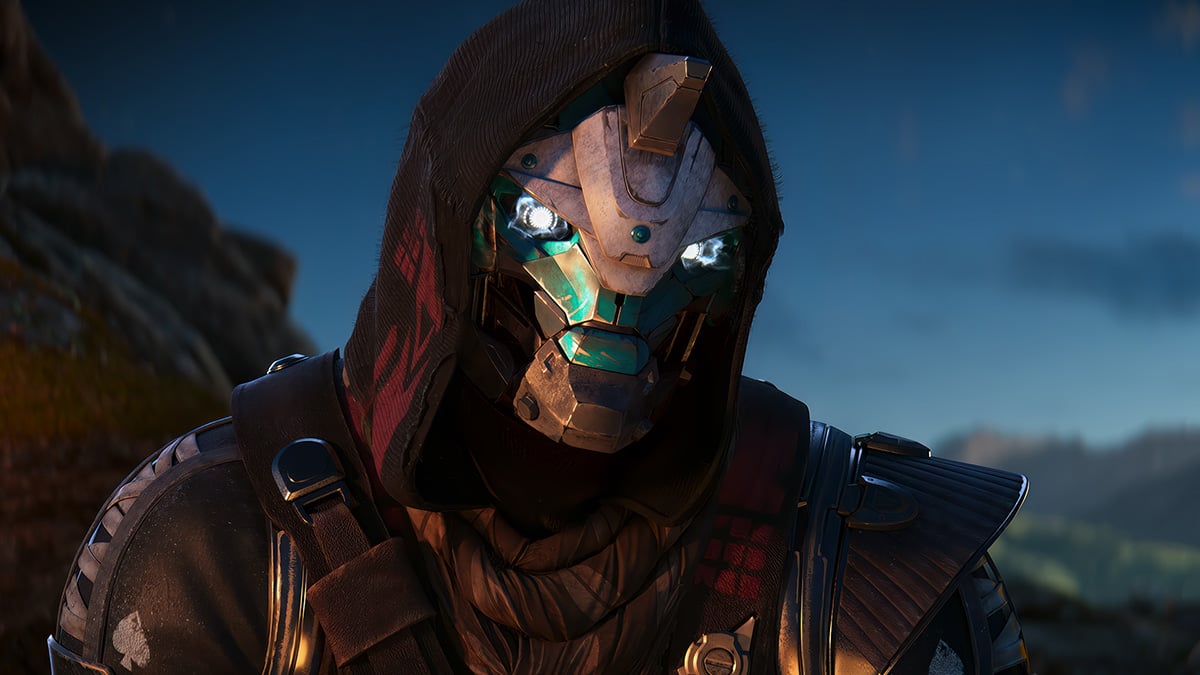

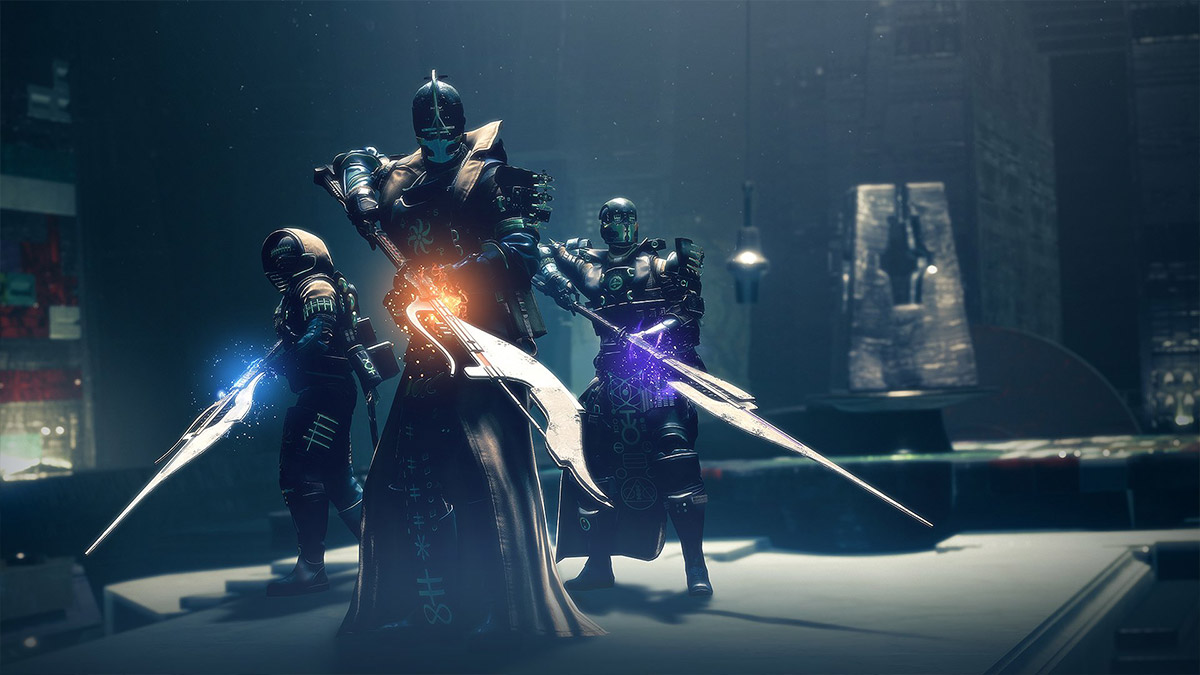
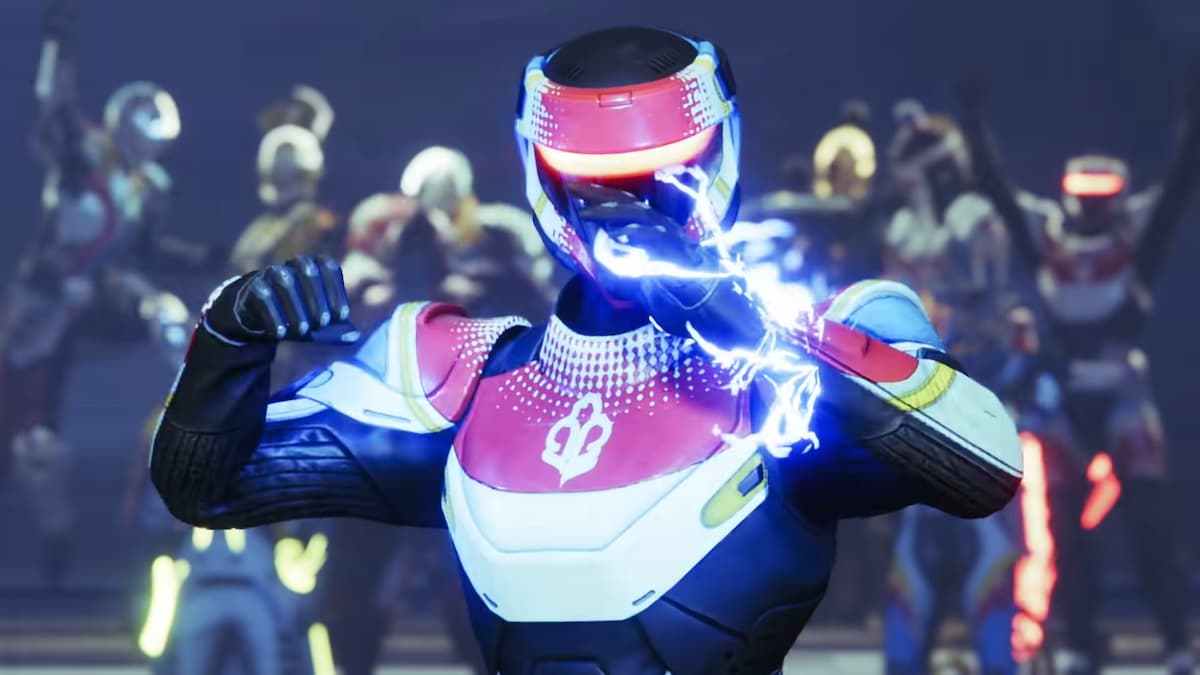
Published: Oct 6, 2023 12:29 am